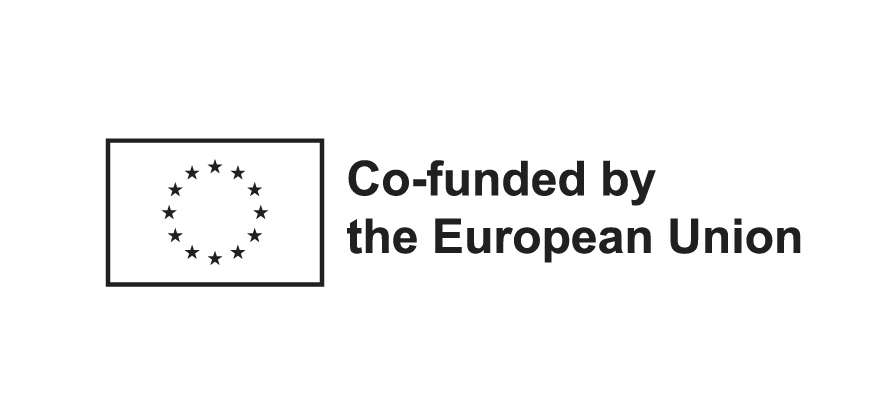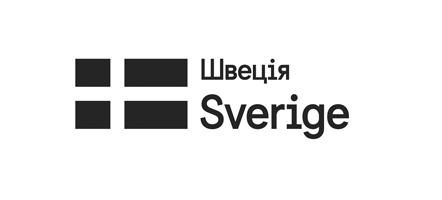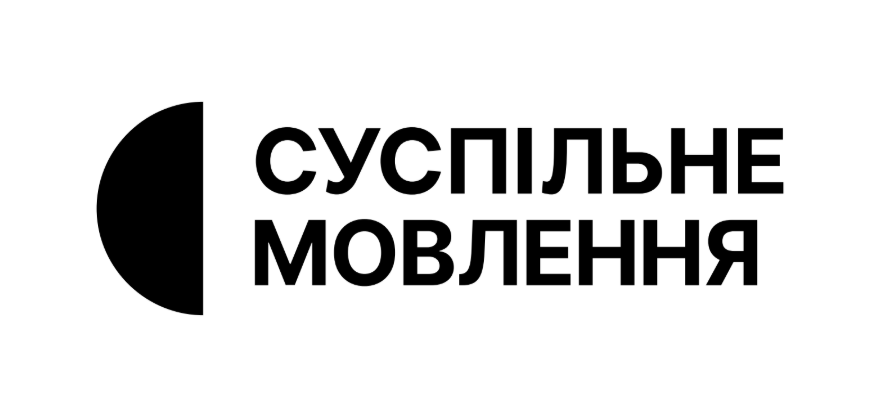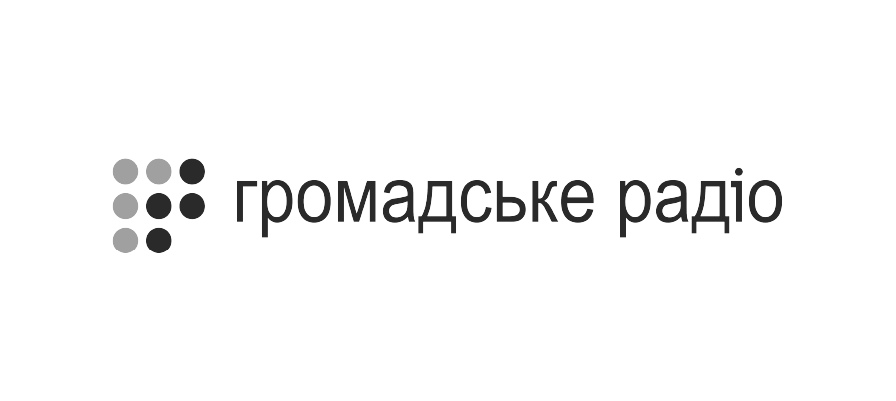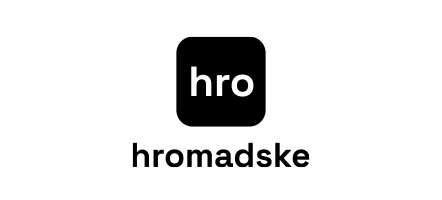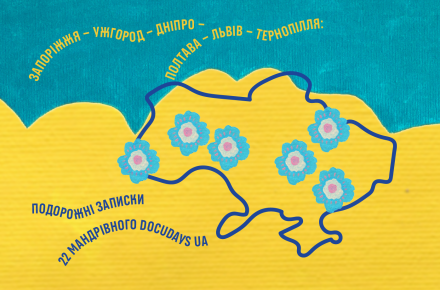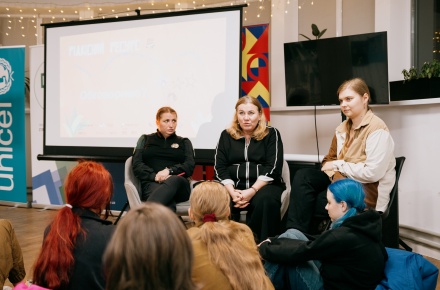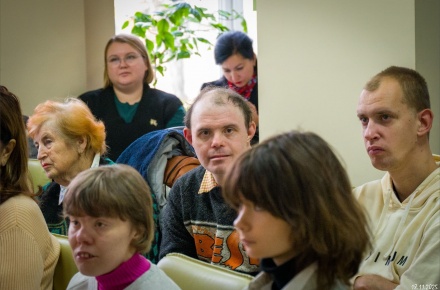Believing, reacting, and reporting: how to protect children from sexual abuse on the Internet and make the digital space safer?
Believing, reacting, and reporting: how to protect children from sexual abuse on the Internet and make the digital space safer?

Sexual abuse of children on the Internet can have different manifestations, ranging from unsolicited conversations on sexual topics or proposals of intimacy, through strangers sending their explicit photos/videos to children and asking to share theirs, to dissemination of such materials, threats, or blackmail in order to extort further sexual activities or exploit the victim, e.g. via live streaming.
How relevant is this issue to every family or community? What should you do if you suspect that this may have happened to your child, or if you see content with scenes of child sexual abuse online? Are these crimes investigated, and who is responsible for countering them?These and other questions were discussed on October 23 at an all-Ukrainian online discussion within the framework of the information campaign “Sexual Abuse on the Internet: How to Protect Children,” a joint initiative of the NGOs Docudays and Magnolia, during the 21st Docudays UA Travelling International Human Rights Documentary Film Festival.
Sexual abuse of children on the Internet has affected all countries without exception. According to a recent study by the Childlight Global Institute for Child Safety at the University of Edinburgh, more than 300 million children, that is, every 8th child of the world, become victims of abuse every year. The number of men who admitted to having committed online child abuse (11% in the US, 7% in the UK) or would have done so physically if they knew their actions would remain secret is staggering.
According to the international association INHOPE, a network of hotlines that currently encompasses 54 countries, the amount of child sexual abuse materials hosted in Ukraine has been growing rapidly since 2020, increasing almost sixfold in two years. As of the end of 2022, our country ranked 5th in the world in terms of the amount of these materials posted on the Internet.
“The main reasons for this have been attributed to cheap hosting services, weak control over Internet platforms, and, of course, insufficient regulation. The full-scale war also played its role,” says Oleksiy Sydorenko, head of the Child Abuse Prevention Branch at Magnolia. “However, I want to emphasize that, over the past two years, our country has not remained indifferent and has taken significant steps to overcome this problem.”
In early 2024, Ukraine joined INHOPE and launched the stopcrime.ua hotline. At this portal created by Magnolia, you can report any crime against a child, including sexual abuse on the Internet, by anonymously sending a link to suspicious materials.
“During the 8 months of the platform's operation, our analysts managed to analyze 2029 reports, of which 742 were confirmed to contain malicious content. They were transferred to the Cyber Police Department of Ukraine for further blocking and investigation of crimes, and forwarded to the law enforcement agencies of other member states of the Association where the malicious materials were hosted.
If we analyze all of the above figures, we realize that the issue is pressing, particularly for Ukraine. And there is only one solution: do not be indifferent and report if you come across such content online,” says Oleksiy.
What do we mean by materials containing sexual abuse against children? Mariana Hevko, psychologist at the Center for Protection and Social and Psychological Support in the Justice Process for Children Who Have Suffered or Witnessed Violence Based on the Barnahus Model, expert at the International Center for Development and Leadership, and project manager at the DOCU/CLUB Network, explains that these materials may include real or computer-generated photos and videos of any sexual acts involving a child or occurring in the child's presence. The very concept of online sexual abuse also has some specific features.
“Any intimate actions against a child constitute abuse, because they always involve an imbalance of power, and children do not actually consent to this: when an adult achieves certain goals that bring psychological or physical harm to a child, be it through a trusting relationship, manipulation, threats, or blackmail, all of this is abuse,” explains the expert. “Adults have no right to communicate with a child on intimate topics (unless this is part of the education process, and the person communicating is a teacher with the appropriate education and qualifications). No one has the right to ask a child to send a photo or video of their naked body parts, or to send a child videos or photos of sexual nature. Moreover, children may not realize what is happening to them at all, denying that it was violence, while perpetrators may say that ‘they did not resist,’ normalizing such actions and allowing them to spread further. A common argument among uneducated people is that the child is to blame for agreeing to watch this.
Another illusion is that ‘this will never happen to my child,’ or ‘this cannot happen in our community.’ Unfortunately, this can potentially happen to any child, regardless of how well they are brought up or how aware they are of the possible dangers. There are a lot of psychological reasons why children get hooked by criminals,” says Mariana.
Mariana Hevko points out that, in fact, we have no idea how many children go through such experiences, because most of them do not talk about it, and the relevant indicators are not visible.
Sexual abuse is possible against both girls and boys, and the situation is even more complicated with the latter: they are even less likely to identify it as abuse and tell someone. A separate aspect is sexual abuse on the Internet committed by children against each other.
“When we become aware of the facts of abuse against a minor, we are obliged to contact the police and explain to the child why this is necessary. The best way to do this is via the 102 line,” the psychologist shares her experience. “Ukraine is now moving towards the implementation of European standards of child-friendly justice and child protection in the justice process. Accordingly, all cases of children who have suffered or witnessed abuse that are registered in the URPTI are investigated with increased attention, which was not the case two years ago; in some cases, the proceedings are being reopened. Therefore, the chances of protecting our children are quite high. It is crucial to believe them, respond, and report. This is the main thing,” summarized Mariana Hevko.
“The problem lies, among other things, in the fact that we are through almost a quarter of the 21st century, and there are still no sex education classes or sexual education in Ukraine,” says Yuriy Chumak, human rights activist and regional coordinator of the Travelling Docudays UA Festival in Kharkiv and Cherkasy regions. “Children familiarize themselves with sexual topics via the Internet, porn sites, or by learning something from their peers. They don't talk about it at school, most parents don't talk about it with their children, and it's not surprising that children don't tell their parents either, because they don't view them as trustworthy people who can give advice.”
According to Yuriy Chumak, this year's Travelling Festival has a very useful tool: the documentary Caught in the Net (directors Barbora Halupova and Wit Klusak), where three adult actresses pretend to be twelve-year-old girls for the sake of experiment and, sitting in elaborately recreated copies of rooms from their childhood, talk to different men who find them on the web and persistently get to know them while the cameras are recording everything. The screenings of this film and the discussion with the experts will help reveal and convey the problem of online child sexual abuse to parents, educators, and everyone who works with children. Before the discussion, the participants also had the opportunity to watch the film online.
Until the end of November, human rights events dedicated to the topic of the informational campaign “Sexual Violence on the Internet: How to Protect Children” will be taking place in many regions where the festival will travel. Subsequently, they will continue at more than 450 Docudays UA film clubs.
“Both the Travelling Festival and the DOCU/CLUB Network are trying to create an environment of safety and acceptance, where you can share your thoughts, discuss important things without fear of being judged, and get help,” adds Olha Babchuk, moderator of discussions and communication manager at the Docudays UA Film Club Network. “I think that our large community from all over Ukraine will push the society to finally start overcoming the problem of sexual abuse on the Internet. After all, what is more important than our children, their happiness and future?”
Our speakers shared so much important information that we can't fit it all on this page. So you are welcome to watch the entire discussion, take notes, raise your awareness, and learn to talk to children and hear them.
We are reminding that the 21st Travelling Docudays UA will be travelling all over Ukraine until November 30 in a combined offline and online format that will involve screenings of the best films from the festival's program, discussions dedicated to human rights, “living libraries,” and special events, as well as events of the online information campaign against sexual abuse of children, including the screening of Caught in the Net.
Follow the announcements on our website and the Travelling Festival's Facebook page, and come to the festival to watch talented documentaries and discuss important themes.
The 21st Travelling Docudays UA is supported by the Embassy of Sweden in Ukraine, the Embassy of the Kingdom of the Netherlands in Ukraine and International Media Support.The opinions, conclusions or recommendations do not necessarily reflect the views of the governments or charitable organizations of respective countries. The author(s) of this publication are solely responsible for its content.
Media partners: Vgoru Media Platform, GURT Resource Center.
